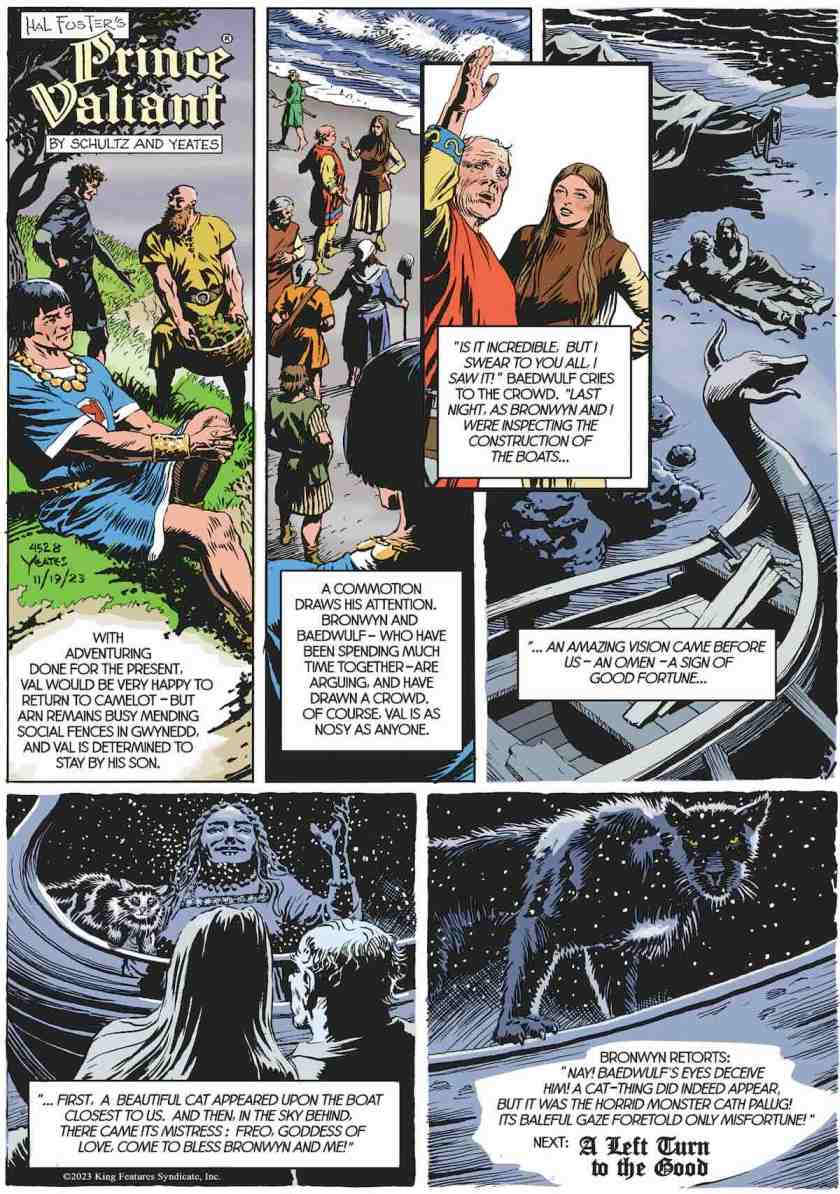You maybe heard NASA want to announce something astounding discovery about the Moon. I bet it’s something about water. They’re always astounded by discovering water on the Moon. If you put all the water they’ve found on the moon together you’d have, like, six ounces of water. I know that’s not much, but it’s a lot considering the Moon is made out of rock. Anyway, while we wait for them to announce how they’ve spotted four micrograms more water let’s consider some real astounding facts about the Moon:
Because of the way the Romans set up their calendar, and defined the ides at the middle of the month to lunar phases, it’s impossible to have a full moon on the 16th of a month. If it looks like the 16th is going to be a full moon anyway we insert leap seconds as appropriate. There’s a risk of a full moon on the 16th of September, 2800, despite all these corrective measures. Most experts think we’ll solve the problem by doubling up the 15th of September, the way we did with the More-15th of February, 684. Note, as the experts do, that the 15th is not the ides of September and if you make that mistake they’ll know you’re an impostor.
Ham radio operators are allowed to bounce any signal they like off the Moon. However, the operators are held responsible for any damages or for any settling the messages do while in transit.
The Moon has never actually listened to Pink Floyd. It acknowledges that Pink Floyd’s probably played on the radio at some point and they didn’t turn it off, so far as they know. But the Moon is more of a Strawberry Alarm Clock fan. At least the early days, when they got on stage riding magic carpets their roadies carried. The Moon claims to be a big fan of Walk The Moon, but still hasn’t listened to the copy of What If Nothing that it bought in 2018.
The Moon won $27,500 in the Rhode Island lottery in 2014, but never roused itself to collect its winnings. It’s still getting in arguments about this.
The Moon believes itself to have a great sense of humor. This isn’t so astounding since everybody does. But the Moon is in there trying. Unfortunately all it’s discovered, as a premise, is the antijoke and boy does it hit that button a lot. It’s not even good antijokes, either, just something that denies the premise of the gag as fast as possible. If you stick it out, and make the Moon carry on a bit it eventually digs into interesting or weird antijokes and there’s something there. But it insists that the first, instinctive response is the good one and it’s just, you know, you could do so much more.
The concave surface of the Moon is why it always seems to be looking at you.
The Moon insists on tipping 20%, which is fine, but insists on doing it to the penny. This is all right, but the Moon also has absolutely terrible group-check etiquette, insisting that it’s fine if everybody just tosses in money until it reaches a pile that is the bill plus 20% exactly. The protests of everyone that this is making it take longer, with more stress, and come out less fair, than actually figuring out who got and who split what with whom fall on deaf space-ears.
Monday was not named after the Moon. The day was named first, and then someone happened to notice the Moon on a Monday. Yes, this implies an alternate history in which we call the Moon “the Day”. That timeline must be quite confusing.
The Moon has heard about those Quiznos advertisements back in the 2000s that everybody found weird and confusing, but never saw them and thinks it would be a little creepy to go look them up now.
The Moon claims that when it finds those “disruptive” scooter-rental things abandoned on the sidewalk it picks them up and tosses them in the street. We can all agree that, if we must have dumb tech companies wasting investor money on “disruptor” technologies, they should be punished for leaving their litter in the sidewalk. But pressed on when the Moon last actually did this it turns out it never has, but it’s totally going to start next time it sees one.
The word “Moon” did not rhyme with “June” until the Tin Pan Alley Crisis of 1912. It had the vowel sound of “Mon” in “Monday” before then.
While in mythology there are rabbits living on the Moon, in fact the Moon is living on rabbits, who are still really upset about that lottery ticket thing. I can’t say they’re wrong, either.
Maybe it’s five micrograms more water. That would be astounding. We’ll see on Monday.






